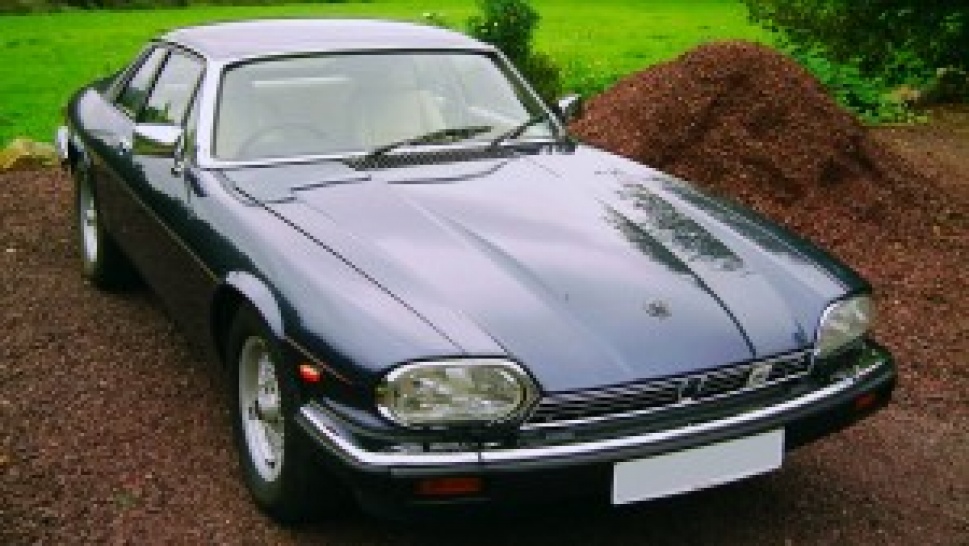The Jaguar XJ-S is an interesting car, and one that when it was launched, was misunderstood by the buying public. Why, they questioned, was it so big, ugly and clearly set-up as a grand tourer, when the car it replaced - the E-type - was the epitome of the beautiful English sports car? But of course, the XJ-S was a car of its time, and many forget, is that by the early 1970s, the E-type was well past its prime, and aging badly.
Based on a shortened XJ6 chassis, the XJ-S not a sports car at all - but it did successfully continue in the spirit of the E-type Series 3. It was a brilliant grand tourer, with light power-assisted steering, high gearing, and huge petrol tanks. And although it was a gas-guzzler extraordinare when launched, revisions during its life made it more economical, prolonging its life further than anyone would ever dared to imagine. The XJ-S remained in production for more than 20 years – the longest run of any Jaguar – and went on to become a financial success for the company, with the last car coming off the line in 1996.
The V12 remained the only model until 1983. It was upgraded to HE spec in 1981, which added power and economy. But in 1983, it was joined by a smaller brother. The launch of a new Jaguar engine isn’t exactly a common event, and is usually executed in stages. When Jaguar finished its slant-six AJ6 engine in 1983, it installed it in the XJ-S before making it available to saloon car buyers three years later. The AJ6 and manual transmission added sporting appeal and, although it was never concived for six-cylinder power, the new XJ-S variant went on to sell well. Sport versions were introduced, as well as a range of body kits and trim options.
As well as the new 24-valve engine, a Cabriolet version was unveiled (in 3.6- and 5.3-litre form) - offering buyers what they wanted from day one: an open-topped XJ-S. The Cabriolet wasn’t open-topped Jaguar motoring at its best, though. The rollover structure engineered by Tickford spoiled the styling.

But it was when the roof fully came off the XJ-S in 1988, that the car began to reach its potential 13 years after launch. The XJ-S Convertible was only available with the V12 engine and an automatic gearbox. To make up for the loss of the Cabriolet’s strengthening roof supports, a new subframe at the front was fitted, although it did not eliminate scuttle shake.
In 1991, the XJ-S was facelifted to become the XJS. Its styling was smoothed out, and the engine line-up now consisted of the 4.0-litre AJ6 'Sport' spec engine first seen in the XJ40, and (in 1992) a larger 6.0-litre V12. These final cars were finely developed, and easily the best of the lot - if originality isn't your thing. They soldiered on until 1996, to be replaced by the XK8.
http://en.wikipedia.org/wiki/Jaguar_XJS




Share the News